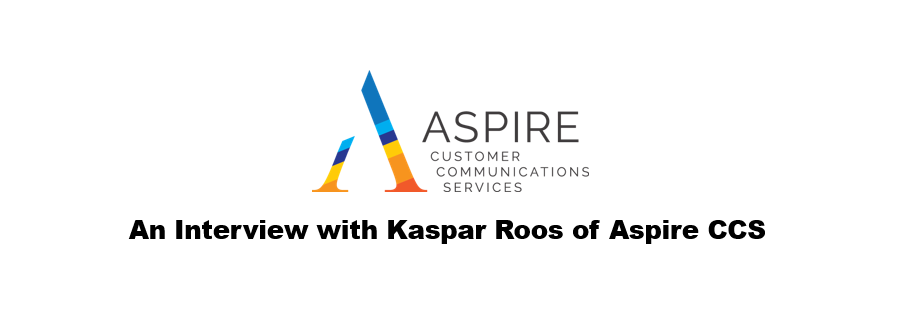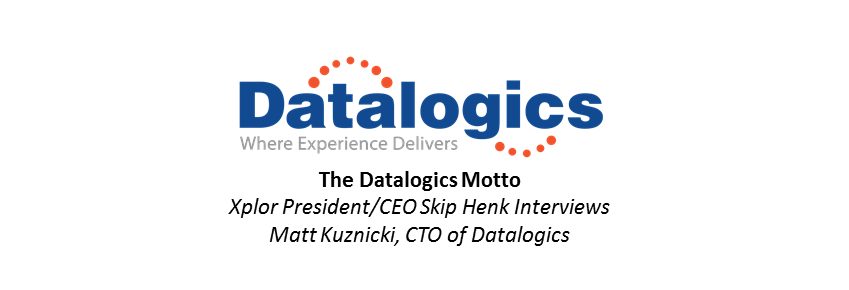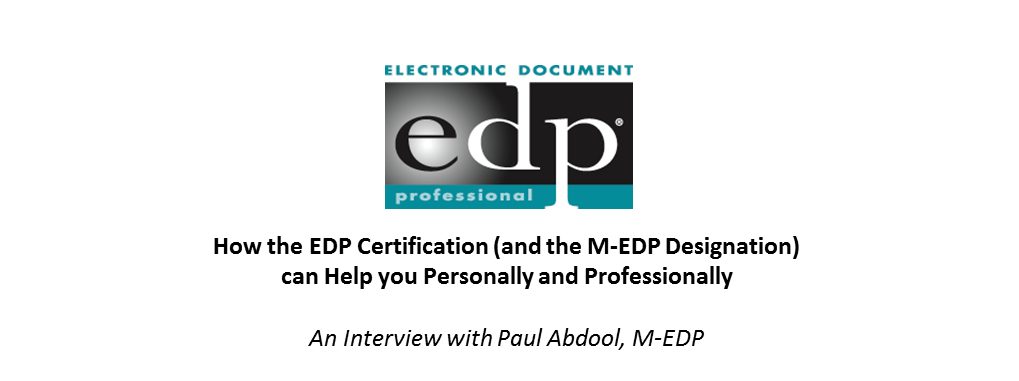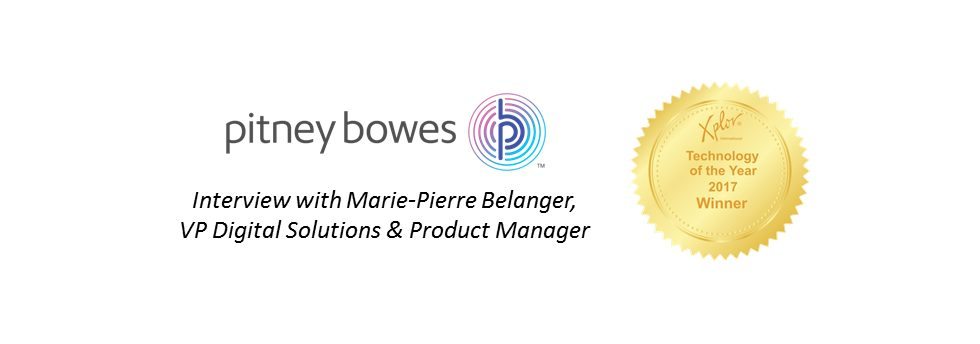
by Scott Mulkey, M-EDP | Apr 12, 2020 | Blog Frontpage, Skip's World
By: Skip Henk, President/CEO of Xplor International I have known Kaspar for almost a decade and he is the consummate professional. His enthusiasm and dedication to the industry have made him a recognized expert, consultant, and thought-leader in the Customer...

by Scott Mulkey, M-EDP | Aug 8, 2019 | Blog Frontpage, Skip's World
Scott Draeger, Vice President of Customer Transformation at Quadient has been a huge proponent of industry certification, he himself a designated Master Electronic Document Professional (M-EDP). Over the last several years, Quadient has invested both time and...

by Scott Mulkey, M-EDP | Aug 22, 2017 | Blog Frontpage, Skip's World
Xplor President/CEO Skip Henk Interviews Matt Kuznicki, CTO of Datalogics Datalogics is relatively new to the Xplor world, exhibiting for the first time at Xploration 17 earlier this year. That said, I reached out to Datalogics’ Chief Technology Officer, Matt...

by Scott Mulkey, M-EDP | Jul 19, 2017 | Blog Frontpage, Skip's World
An Interview with Paul Abdool, M-EDP, Student Advocate and Student for Life By: Skip Henk, EDP – CEO of Xplor International I had a conversation with Paul recently who shared an interesting story regarding his EDP designation that I asked if he would share with...

by Scott Mulkey, M-EDP | Mar 13, 2017 | Blog Frontpage, Skip's World
Interview with Marie-Pierre Belanger, VP Digital Solutions & Product Manager at Pitney Bowes By: Skip Henk, EDP – CEO of Xplor International Xplor’s annual Technology of the Year Award honors an individual, company or organization that has conceived and developed...





